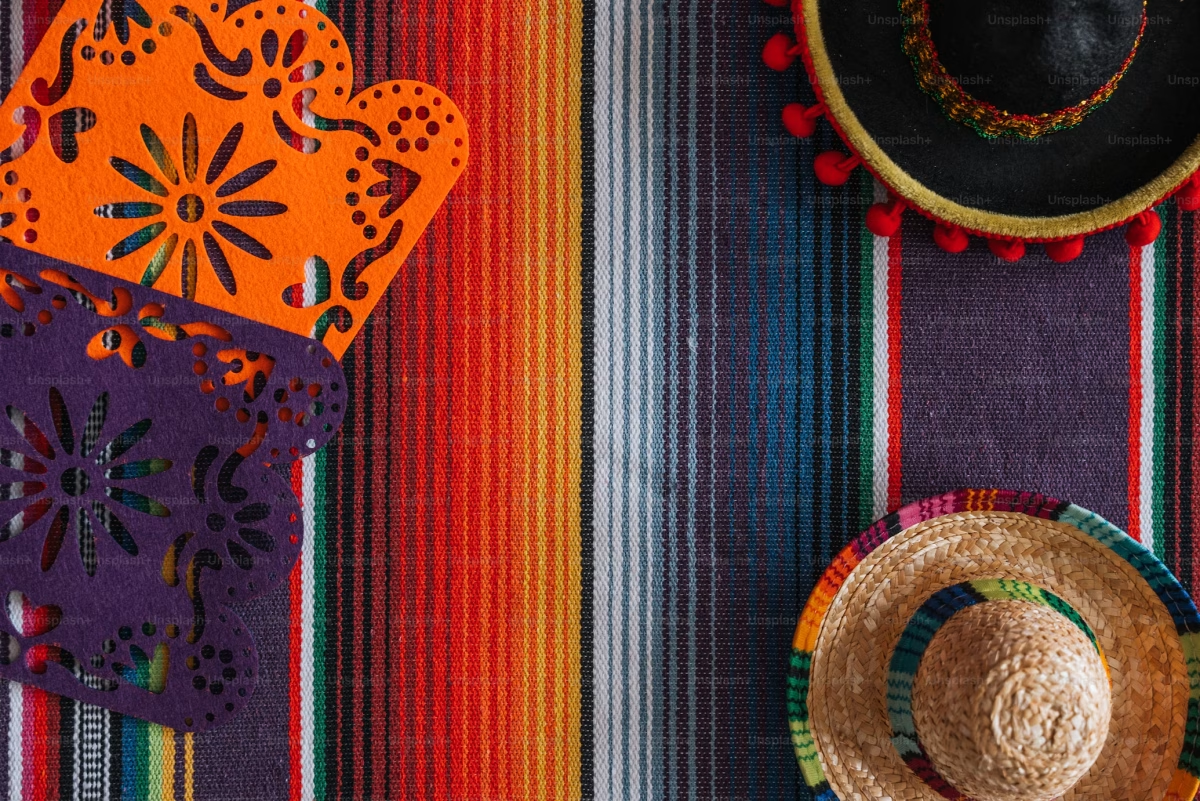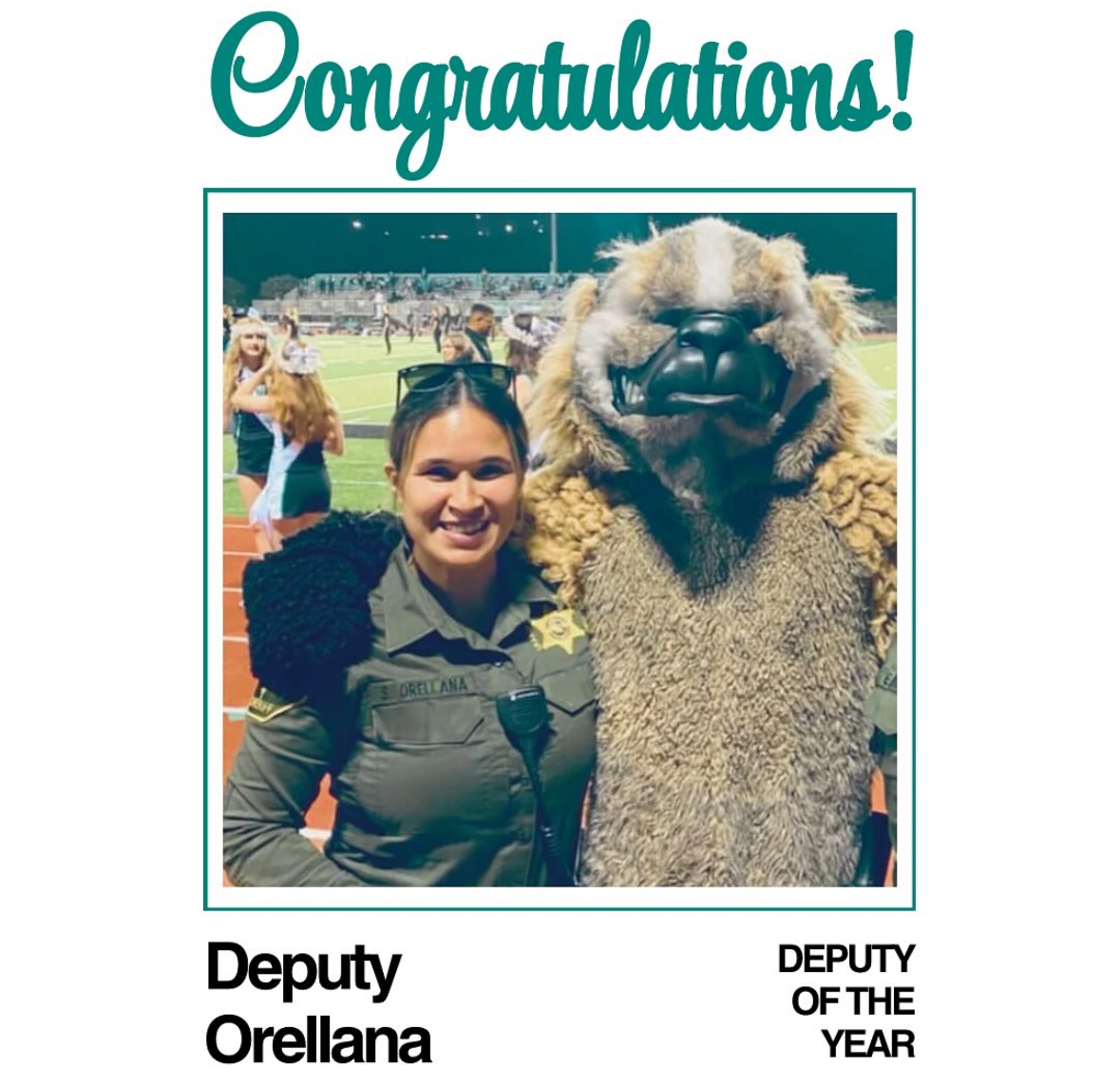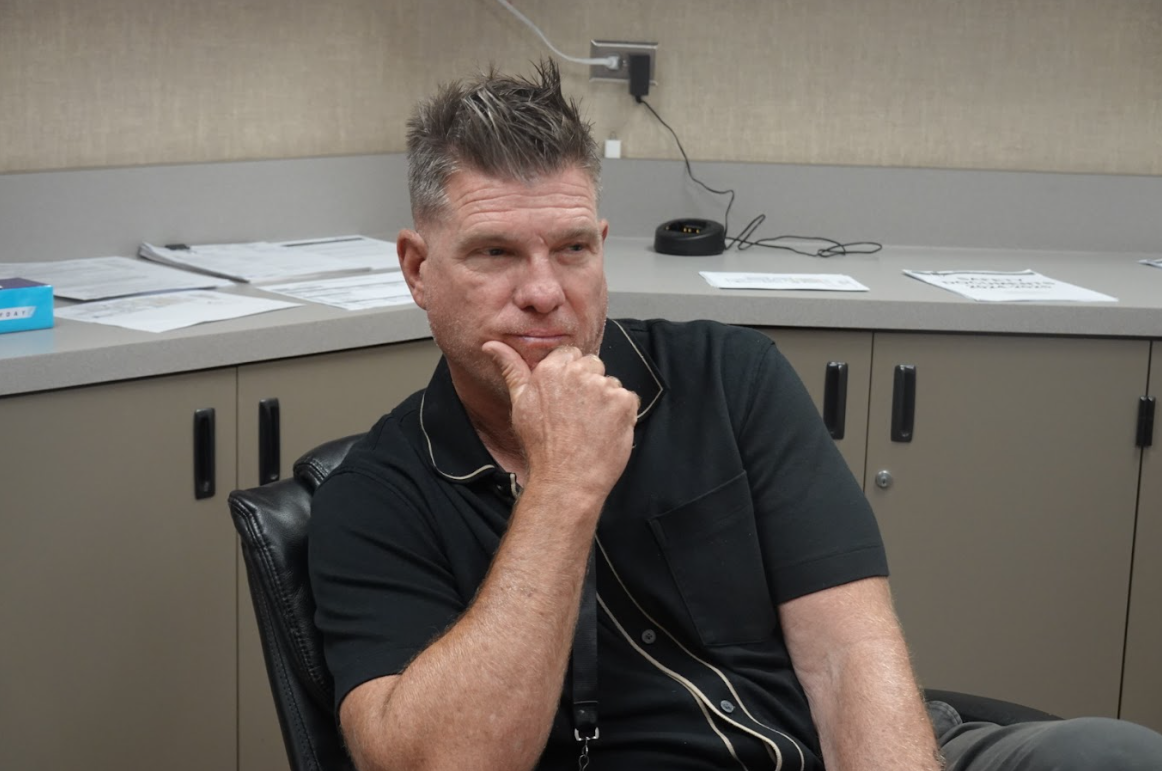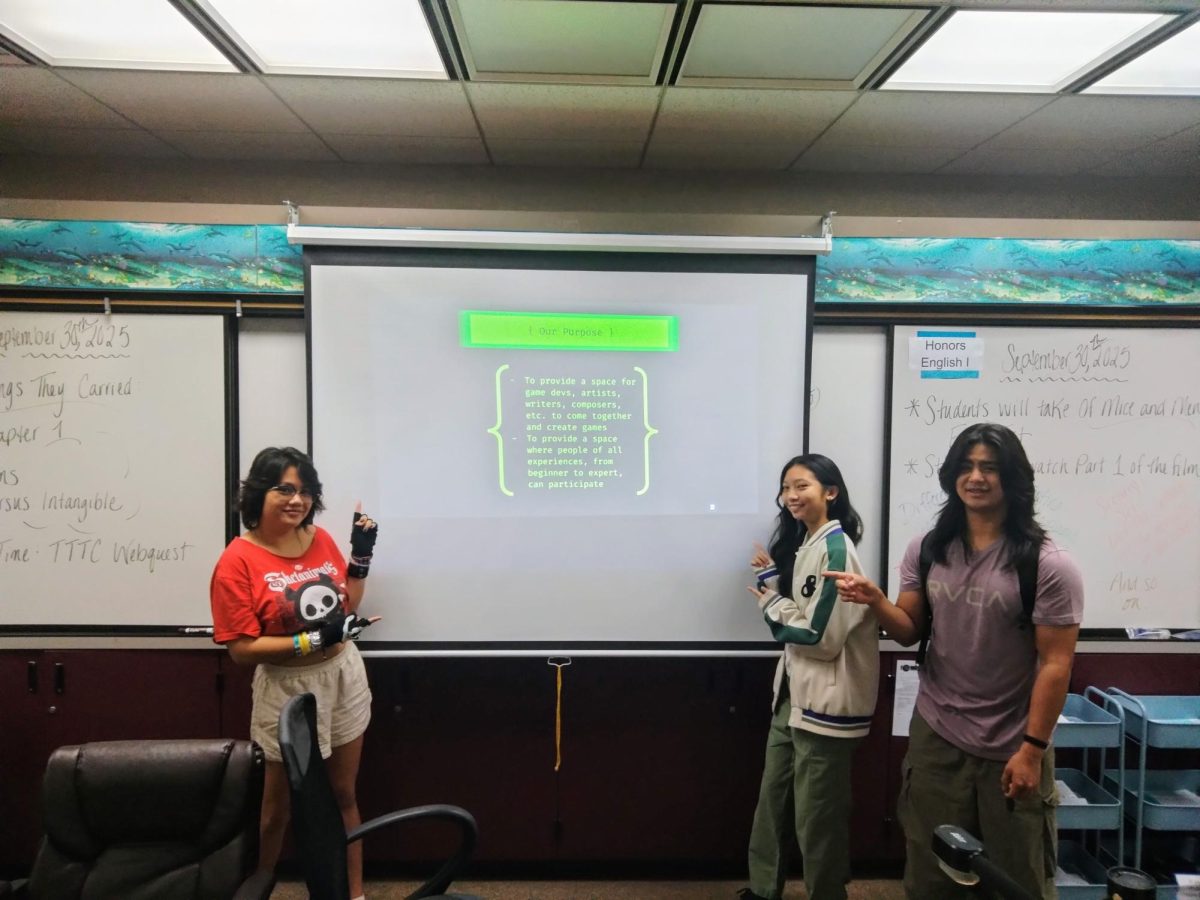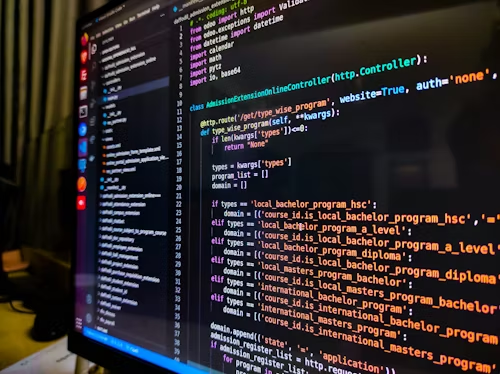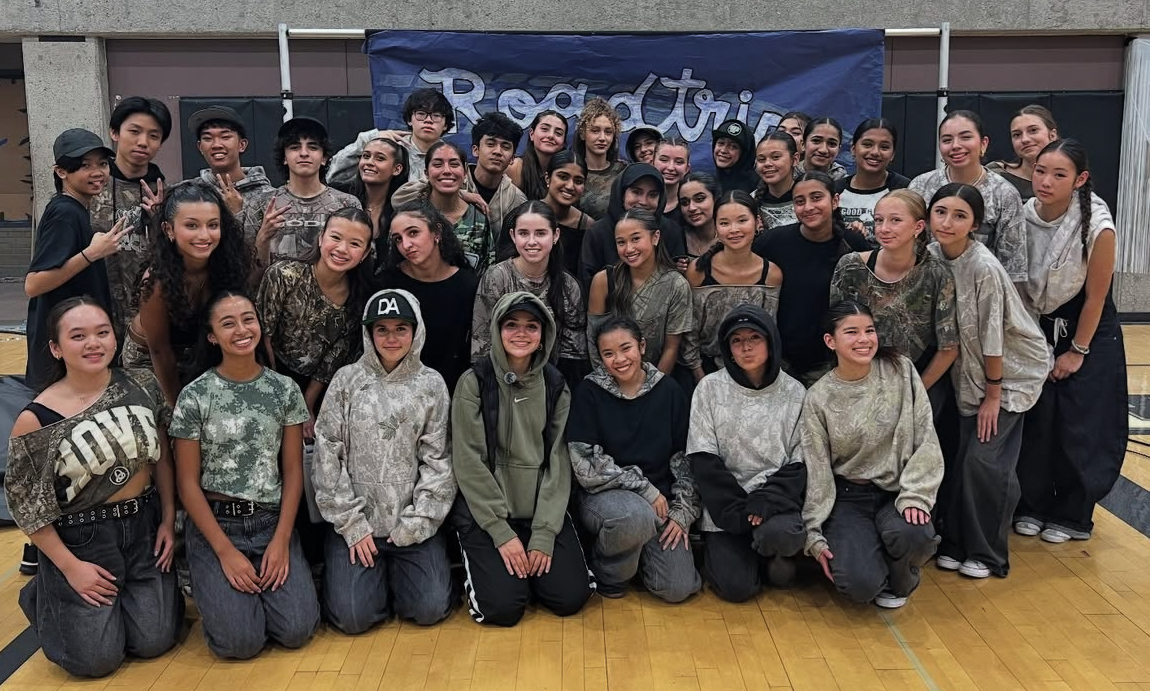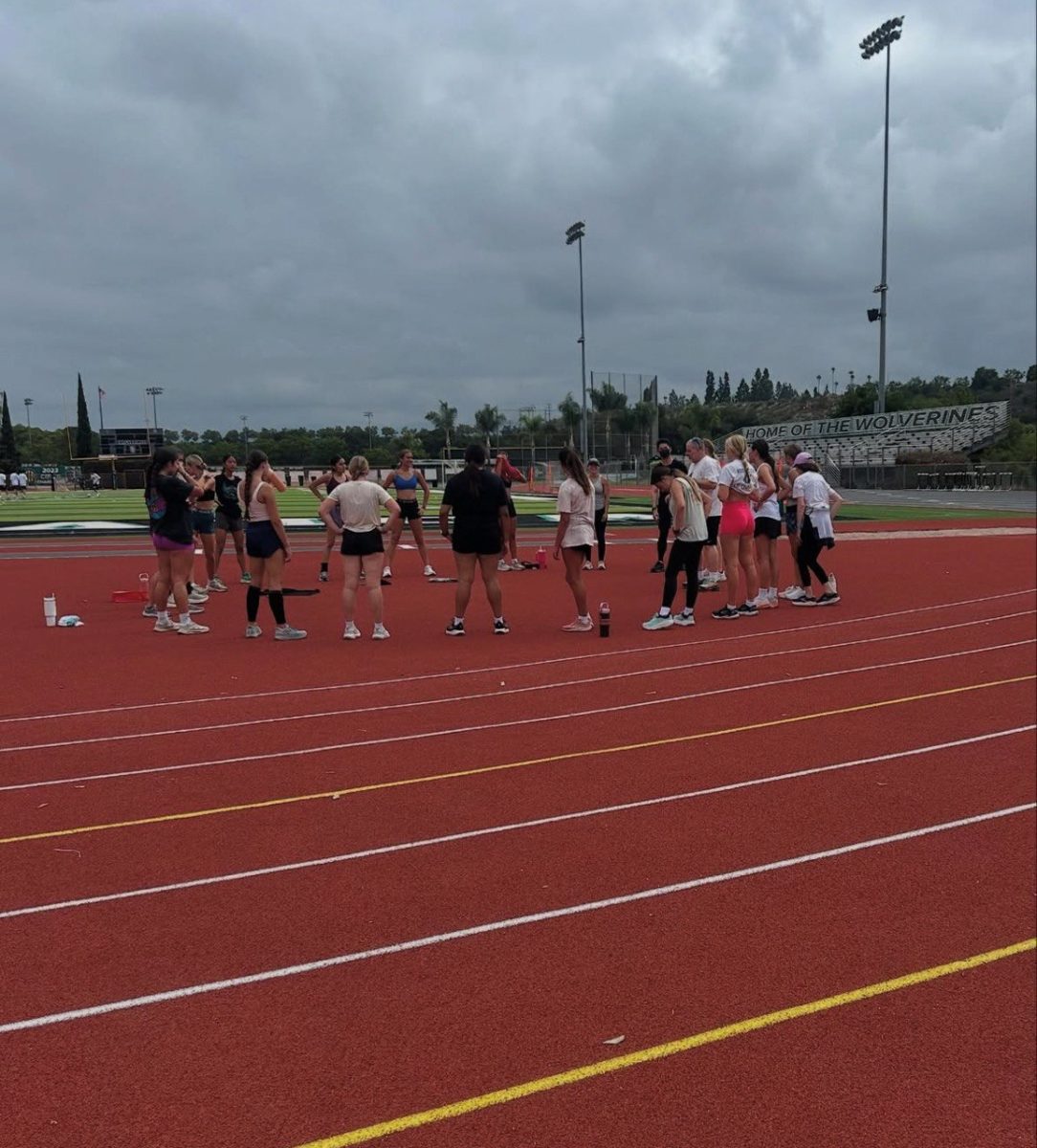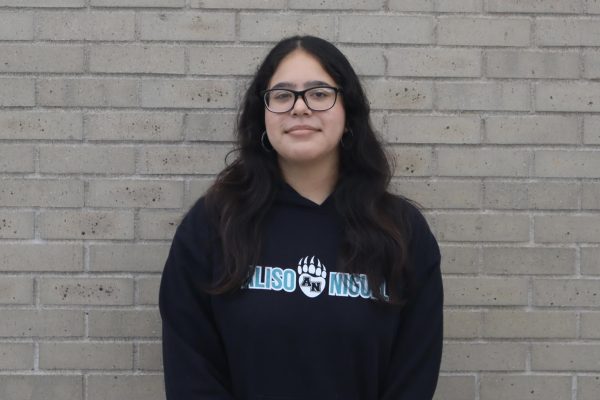From Sept. 15 to Oct. 15, Hispanic Heritage Month is celebrated across the United States and Hispanic countries to honor the culture, history, and achievements of Hispanic communities. This month allows individuals to learn about Hispanic culture with celebrations.
Hispanic Heritage month offers a valuable opportunity to educate students about the contributions and histories of Hispanic cultures. Schools can add lessons to highlight achievements across multiple fields, the common ones being art and literature. By spreading awareness, teachers can help promote respect and appreciation among all students.
Spanish teacher, Señora Sepe shares, “It’s a great month to highlight the contributions that the Hispanics have given in this country.”
In her lessons primarily on the Hispanic country of El Salvador where her parents are from, Sepe includes famous figures like Sotomayer from the Supreme Court as well as other stories and pictures about Hispanics to help students connect with the material. Through her teachings, she hopes to inspire students to recognize the significance of Hispanic culture and its contributions to society.
Señora Aguirre says, “It would be great to see more people at school involved in this celebration. Having more school-wide activities could really help students connect with Hispanic culture.”
Aguirre enjoys reading about significant figures in addition to Hispanic culture in general. She incorporates some of this while teaching her Spanish 2 classes. She mentions that figures like Cesar Chavez are important individuals students should know about.
Señora Aguirre also brings up that schools as a whole should do something to celebrate this month and not only the Spanish teachers. She suggests guest speakers and music events like mariachis at lunch to engage students beyond Spanish class.
Established in 1988, this month celebrates the independence of most Hispanic countries and their influence on the United States. While this month is a time for recognition, some communities still struggle to fully embrace this. Communities like schools can help by adding things like activities at lunch for students to enjoy. This creates an inclusive environment where Hispanic culture is explored. These activities can include dances, food, and discussions.
Camila Vazquez (10) says, “This month is perfect to recognize Hispanics since many Hispanic countries have their independence day during this month.”
Other than just worldwide known figures to appreciate, it is important to also honor the local staff and community members who contribute so much to make the school a better place. These important individuals bring unique perspectives that make the community a safe and diverse place where everyone is accepted. These members could have a chance to share their stories and traditions coming from Hispanic backgrounds, which helps students understand better. As most of the Spanish teachers do at Aliso, adding Hispanic literature and art into lessons can spark interest among students.
Celebrating this month in a more inclusive way not only promotes awareness but also builds a sense of community. By recognizing what they have done for us, schools can help students feel valued and proud of their heritage while encouraging all students to learn Hispanic culture.
